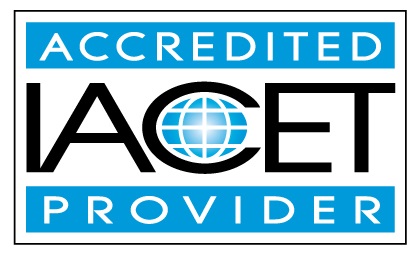Description
Significant exposure to vibration (whole body vibration – WBV) has been linked to a variety of adverse health conditions in able bodied workers exposed to WBV during occupation. For individuals in wheelchairs, WBV can not only have an adverse effect on comfort, ride quality and energy expenditure, but the WBV these individuals experience in their chairs can contribute to pain, degenerative conditions, interference with ADLs, increased spasticity and others.
Wheelchair manufacturers have attempted to mitigate the detrimental effects of WBV through a variety of approaches in the past. However, much of the technology has been insufficient to meaningfully dampen the WBV a person in a manual wheelchair sustains. This presentation will discuss the issues associated with WBV for the manual wheelchair user, discuss the pros and cons of some of the remedies that have previously been used, and discuss the unique application of design principles and materials that allow for dampening WBV.
Learning Outcomes:
List 3 detrimental effects of whole-body vibration (WBV) on the manual wheelchair user 15 minutes
List 3 locations or components on a manual wheelchair where manufacturers have attempted to reduce the transmission of WBV to the user
Describe 2 benefits of successfully reducing whole body vibration (WBV) transmission to the manual wheelchair user.
He practiced as a physical therapist in a number of settings for a few years, most prominently in long term care, where he gained experience with seating and wheeled mobility. He transitioned from a practicing therapist to a manufacturer’s representative, eventually moving into sales management and focusing on complex rehab technology. Throughout his tenure on the manufacturer’s side in the complex rehab arena, he has dealt largely with pediatric positioning and mobility products. He has previously also served as a product trainer/product specialist, teaching product features and clinical application, as well as coordinating continuing education presentations, both credited and non-credited. He has presented educational courses across the US and internationally.


